Triathlete's Dilemma: Tackling Hidden Salt for Optimal Performance
 Karen Parnell
July 28, 2023
Karen Parnell
July 28, 2023
Triathlete's Dilemma: Tackling Hidden Salt for Optimal Performance
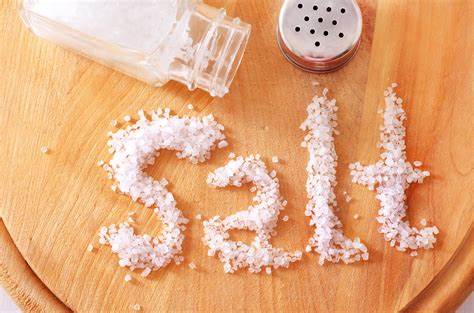
Get your FREE Athlete Recipe Books
For you as a triathlete, the quest for peak performance is a perpetual pursuit, both in training and on race day. You already take care of your body, plan your training and log sleep, training, power, heartrate HRV and more to achieve your goals in triathlon. But amidst the intense training and dedication, there lies a silent dilemma – the omnipresent salt or Sodium Chloride (NaCl).
You must consider the delicate balance between sodium intake for enhanced training and race performance, and the essential pursuit of a healthy lifestyle. As you push your body to extraordinary limits, the need for electrolyte replenishment becomes paramount. However, excessive salt or sodium consumption can lead to health issues that may jeopardize your long-term well-being.
In this article, we uncover the intricacies of the triathlete's salt dilemma. We will explore how hidden salt can impact training, race-day performance, and overall health. Armed with these insights and practical strategies, we will navigate the challenges of managing sodium intake, ensuring that you can continue your pursuit to meet or exceed your personal goals while prioritizing your health and longevity. This is particularly important as you age.
Let's dive into the heart of this dilemma and equip ourselves with the knowledge to strike the perfect balance – the key to unlocking the full potential of your triathlon journey.
Salt in Unexpected Places
In researching salt and sodium in common foods, I was really surprised to see that pretty much every food type (especially processed foods) has salt – event the sweet stuff!
In this section we will look at some common foods that are surprisingly high in salt content. Packaging on products may state “salt”, “sodium” or “NA”. Here we will be considering sodium.
Some products label sodium instead of salt – you need to multiply the sodium amount by 2.5 to work out the salt content if you wish to use salt content instead.
To put the following data in perspective government guidelines in most countries, including the UK and USA, currently recommend very salt intake levels (typically between 2000mg and 2500mg of sodium; salt is ~40% sodium so this equates to roughly 6g per day).
Bread and Baked Goods
Many commercial bread and baked products contain hidden salt to enhance flavour and preserve freshness. The table below proves that once again whole wheat version tends to be better than white bread.
Here are some typical examples of the salt content of bread and baked goods:
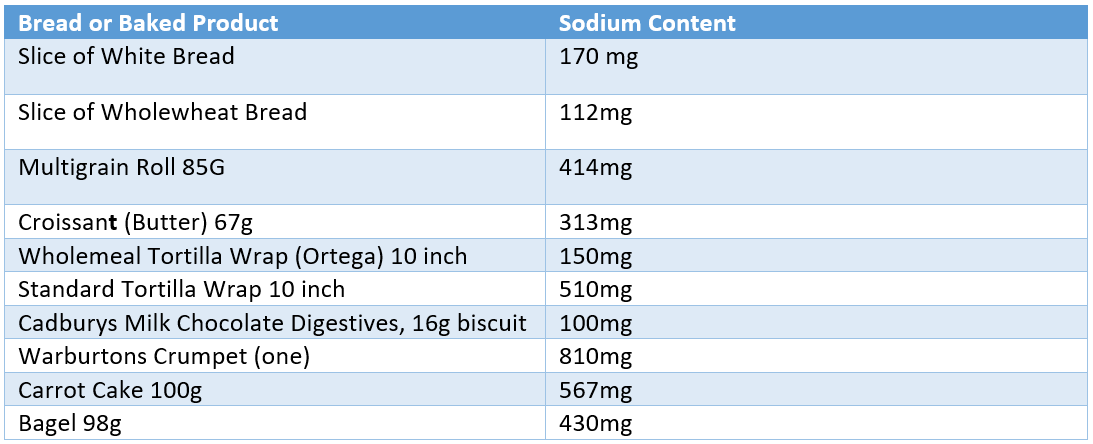
Breakfast Cereals
Some popular breakfast cereals can harbour significant amounts of salt, especially those marketed as "healthy" options. Here are a selection of healthy and not so healthy breakfast cereals and their salt content.

Pairing your cereal with 125ml of skimmed milk will add 125mg of sodium – this was a surprise for me as I thought milk would not contain much salt. If you use Soy milk, then this will add 66mg of sodium and almond milk with add 56mg and oat milk 36mg (source: Alpro website).
Processed Meats
Deli meats, sausages, and bacon are notorious for their high salt content, which acts as a preservative. They have also proven to be bad all round and the strongest body of evidence links the consumption of processed meats with the development of colorectal cancer, or cancer of the colon or rectum. WHO experts concluded that the risk of colorectal cancer increases by 18 percent with each 50-gram portion of processed meat eaten per day.
But if you do add the odd slide of ham or salami to your sandwiches or order pepperoni on your pizza then here are the stats.

Condiments and Sauces
We tend to think nothing of adding condiments and sauces like Ketchup, soy sauce, salad dressings, and canned sauces to food but the often pack a salt punch. Here are common condiments and sauces and their salt content (are you getting hungry yet?).

Ready Meals
Pre-packaged meals and microwave dinners may contain excessive salt for taste and shelf life. Here are a few common go-to ready meals and their sodium content.

Cheese and Dairy Products
Certain types of cheese can be surprisingly high in sodium. Here we compare different types of cheeses and other dairy products.

Sodium in Snacks
We have to include some snacks that you may like as a treat just for completeness and this includes crisps, salty nuts and sweets.

The Recommended Daily Allowance of Salt
Currently, the World Health Organisation (WHO) recommends consuming less than 5 grams salt (2000 mg sodium) per day for adults. In the UK the NHS their website states no more than 6 grams salt (2,325.5 mg sodium) per day for adults.
The American Heart Association even goes suggests a target intake of under 1500mg of sodium a day for optimal health (3.75g salt per day).
However, the Dietary Guidelines for Americans recommends adults limit sodium intake to less than 2,300 mg per day—that’s equal to about 1 teaspoon of table salt.
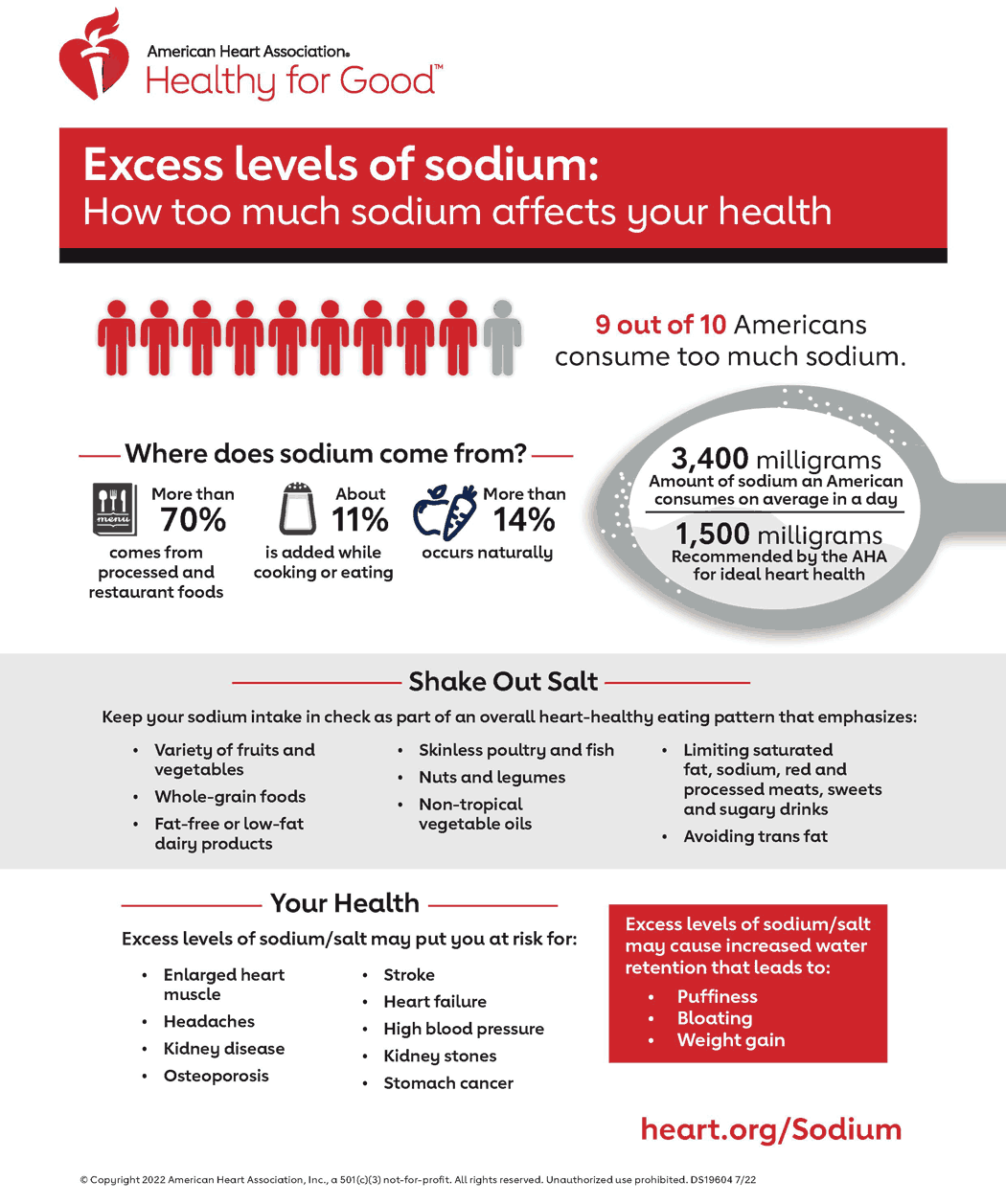
Excess Levels of Salt in your Diet Source: American Heart Association
Here’s an example of how we could meet and even exceed this limit easily on a daily basis in your off-season when doing minimal training.
Breakfast
Bagel (430mg) with smoked salmon (660mg) and cream cheese (47mg)
Mid-Morning Snack
Celery sticks (32mg) with hummus (114mg)
Lunch
Meal Deal: Chicken Pasta Salad (476mg), nut mix (120mg) and Oasis fruit drink (80g)
Mid-Afternoon Snack
Trail Mix ¼ cup (85mg)
Dinner
Low fat lasagne 350g (520mg) and side salad (10mg).
Total Sodium: 2474mg
This on the face of these are relatively healthy meals and takes but you over your RDA of around 1500-2000mg of sodium. If you replace the lasagne with a couple of slices of vegetable pizza (546mg per slices) you are up to over 3000mg.
The average Western diet is known to contain approximately 3,400mg of sodium per day, well above the recommended daily allowance (RDA). This overconsumption often occurs unintentionally, as many individuals effortlessly surpass the RDA without even realizing it. Consequently, general guidelines advocating for reduced sodium intake are not without merit, as a significant portion of the population likely exceeds their daily sodium needs on a routine basis.
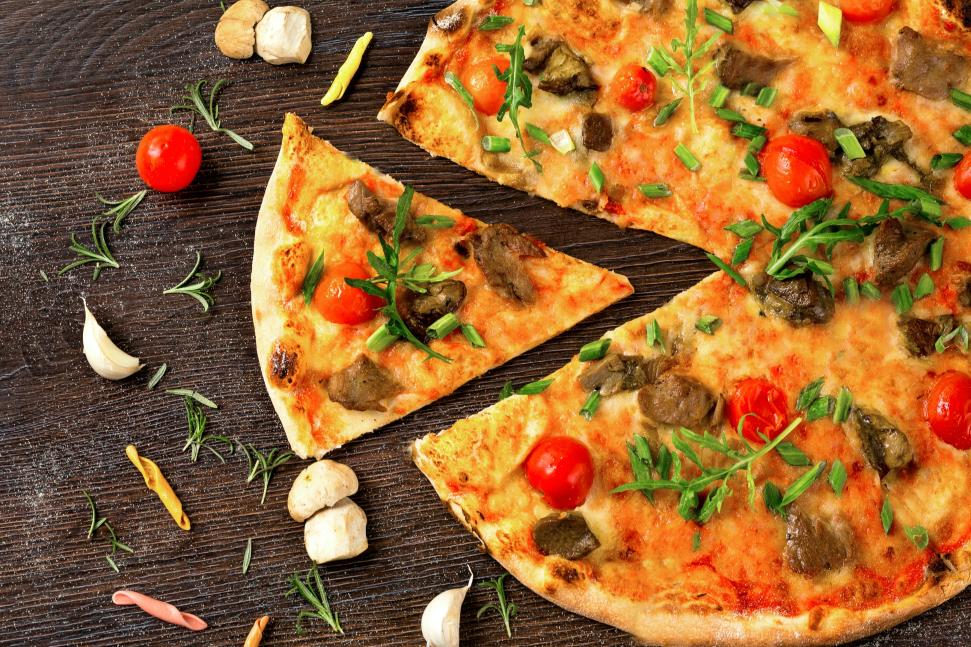
Get your FREE Athlete Recipe Books
Fruit and Vegetables and other “Safe Foods”
If you do feel you are taking on too much salt here are some suggestions and tips.
The good news is that fruit and vegetables have zero or low salt/sodium so unless you cook them in salt or cover them in salty condiments or sauces you will be ok.
Other safe foods include dry peas and beans (if they are in a jar or can, they will contain salt), natural yogurt (Greek yogurt is good and has other health benefits like gut health), ancient grains like spelt and quinoa, unsalted nuts, and seeds plus herbs and spices.
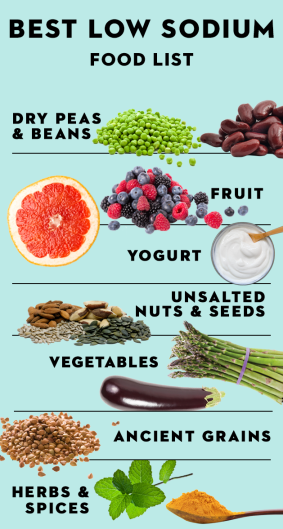
Low Sodium Food Source: Good Housekeeping
Get your FREE Athlete Recipe Books
The best way to keep tabs on your salt and sodium is to avoid processed and fast foods. Reading the labels on food is also a good idea – you may be shocked by some foods and their sodium levels.
Low fat labelled products may have high levels of salt and sugar to enhance the flavour lost through lower fat content.
If you use canned foods, rinse them before eating or cooking with them to wash away some of the salt. Use condiments and spreads that are unsalted or lower in sodium. Don’t add salt to the water when you cook pasta or rice.
Try cooking fresh or frozen chicken, lean meats, or seafood instead of buying deli meats or sausages. Go for fresh vegetables, frozen vegetables without sauce, or canned vegetables with lower sodium.
For snacks opt for unsalted nuts and seeds and lots of whole fruits and berries.
Seasoning without Salt
If you prepare food at home, you may be inadvertently adding too much salt to your cooking either directly using salt or via things like stock cubes or cans of tomatoes or sauces.
If you decide to use less salt or lower salt when cooking you can use alternative ways to season food such as garlic or garlic powder, chili powder, fresh lemons, and limes, paprika, ginger, lemon grass, marjoram, cumin, garam masala, dill, and mustard powder.
Try different types of pepper, including black, white, green, and red. Experiment with vinegars (white and red wine, rice wine, balsamic, and others). For the most flavour, add it at the end of cooking time. Toasted sesame oil adds a Savory flavour without added salt.
For me a squeeze of lemon or lime does wonders to enhance the taste of your food.
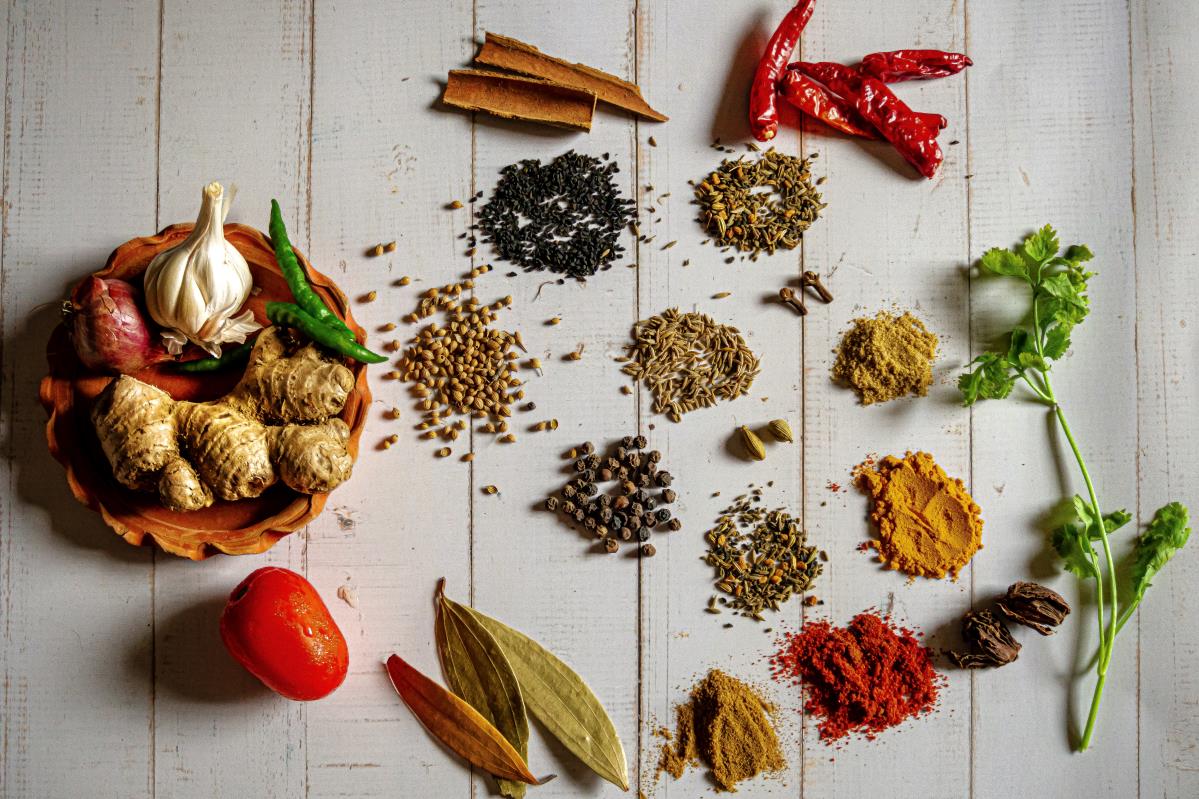
Herbs, spices and citrus fruit can be used as alternatives to salt for seasoning Photo by Ratul Ghosh on Unsplash
Get your FREE Athlete Recipe Books
Health Implications of Excess Salt Consumption
Excessive salt consumption can exact a heavy toll on our bodies, leading to a myriad of health implications that should not be underestimated. While sodium is essential for various bodily functions, consuming more than the recommended daily amount can pose significant risks, especially for endurance athletes like triathletes.
Hypertension
Perhaps the most well-known consequence of excessive salt intake is its link to hypertension, or high blood pressure. When we consume too much salt, our bodies retain more water to balance the sodium levels in our bloodstream. This extra water increases the overall volume of blood flowing through our blood vessels, exerting greater pressure on their walls. Over time, this persistent strain can lead to hypertension, a major risk factor for heart disease, stroke, and kidney problems.
Cardiovascular Diseases
High salt intake has been closely associated with an increased risk of cardiovascular diseases. Elevated blood pressure can damage the arteries, promoting the formation of plaque, which narrows and stiffens blood vessels, hindering blood flow. This puts additional stress on the heart, potentially leading to heart attacks and other cardiac issues.
Fluid-Electrolyte Imbalance
As endurance athletes, triathletes are particularly susceptible to fluid-electrolyte imbalances. During intense training and racing, we lose significant amounts of sodium through sweat. Consuming excessive salt without proper hydration can disrupt the delicate balance of electrolytes in our bodies. Such imbalances can result in muscle cramps, dizziness, and even heat-related illnesses like heat exhaustion and heatstroke. Taking on too little electrolytes can also cause issues during training and racing.
Kidney Function
The kidneys play a crucial role in regulating sodium levels in the body. A high-salt diet can put strain on the kidneys, potentially leading to reduced kidney function and an increased risk of kidney stones.
Fluid Retention and Swelling
Consuming too much salt can lead to water retention, causing swelling in various parts of the body, particularly the hands, feet, and ankles.
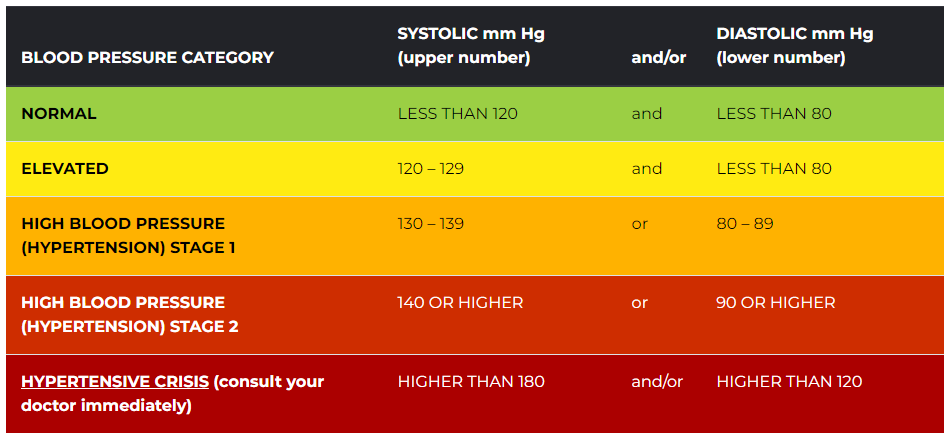
Blood Pressure Categories Source: American Heart Association
A Word of Caution on Hyponatremia for Triathletes
On race day and your long training sessions, especially during gruelling long-distance events like Ironman triathlons, being cautious about sodium intake is crucial to prevent a potentially life-threatening condition known as hyponatremia. Hyponatremia occurs when the sodium levels in your blood become dangerously low, primarily due to excessive water intake without adequate sodium replenishment.
In the intense environment of an endurance race, athletes may be tempted to drink large volumes of water to stay hydrated, and sports drinks may also be consumed to replenish lost electrolytes. However, if the sodium content of these drinks is insufficient to match the amount of water ingested, a dilution of sodium in the blood can occur, leading to hyponatremia.
Symptoms of hyponatremia can initially mimic those of dehydration or fatigue, making it challenging to identify in its early stages. However, as the condition worsens, athletes may experience confusion, nausea, vomiting, headaches, seizures, and, in severe cases, unconsciousness. Left untreated, hyponatremia can be life-threatening.
To mitigate the risk of hyponatremia, it's crucial for triathletes to strike a balance between staying hydrated and maintaining an appropriate sodium intake. Preparing for race day by familiarizing oneself with the sodium content in sports drinks and planning an intake strategy can be vital. During the race, listen to your body's signals, and if you feel excessively thirsty or are urinating frequently, be cautious about consuming excessive amounts of plain water without electrolyte supplementation.
Hyponatremia is preventable with careful attention to hydration and sodium intake, and triathletes should prioritize their health and well-being on race day. Consult with sports nutrition experts and consider individual sweat rate and sodium loss during training to develop a personalized hydration and nutrition plan for the event. By staying vigilant and informed, triathletes can minimize the risk of hyponatremia and focus on conquering the course with strength and determination.
Another reason for completing a sweat test and sodium analysis during training to assess your personal needs come race day.
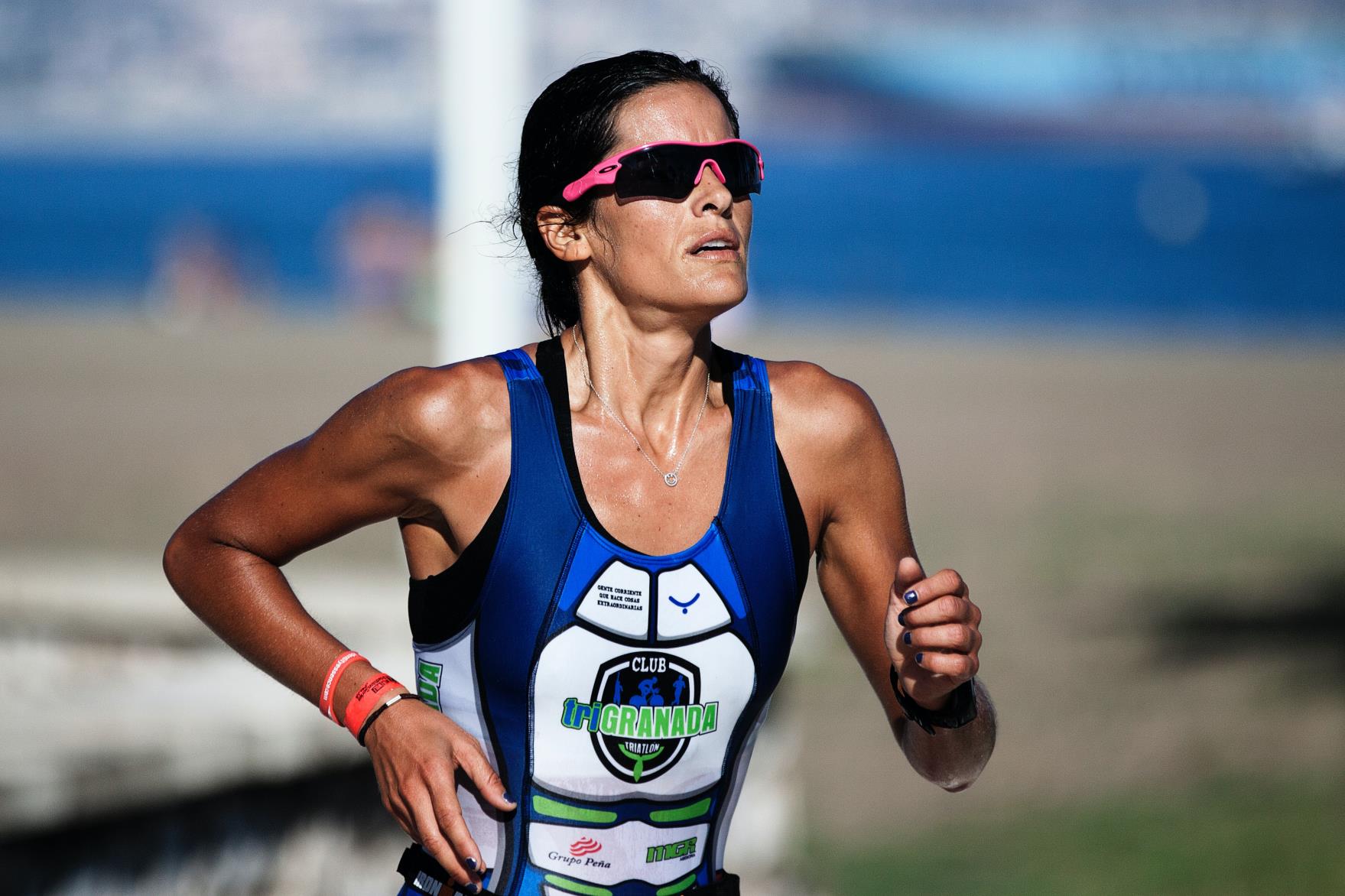
Get your FREE Athlete Recipe Books
Salt, Sodium and Electrolytes and what it means to Athletes
Salt/Sodium intake can affect athletes differently due to their increased physical activity levels. It’s worth first understanding electrolytes and the role they play in training and racing.
What are Electrolytes?
Electrolytes are essential minerals that we must get from the foods we eat and the fluids we drink. They are present in all body cells, from skin cells to brain and muscle cells. Amongst other things, they stimulate muscular contractions, control fluid balance and monitor hydration status – as well as how cells within our body communicate. Salt is a combination of two key electrolytes — sodium and chloride. Other electrolytes include Calcium, Magnesium. Phosphorus and Potassium.
Are they important when exercising?
Even though we get electrolytes from our daily diet, when you exercise your requirements may increase because when you sweat you lose both water and electrolytes. If you don’t replace the water and electrolytes lost in sweat, dehydration can occur – losing as little as 2% of your body fluids can result in dehydration.
If you become dehydrated during exercise, your heart beats faster, your muscles become less efficient, and you may experience headaches. In other words, you don’t feel at your best and exercise becomes harder. Therefore, drinking and replacing electrolytes are important when exercising.
How quickly do we lose Electrolytes?
It depends on your diet and your body composition, as we are all different and lose different amounts of fluid & electrolytes during exercise. It also depends on the type of exercise you’re doing, the environment and conditions you’re in, and the temperature – these can all impact on how much you sweat.
On average, we lose 0.5L to 0.8 L (just over 1 bottle) of sweat in one hour of moderate intensity exercise.
You can work out your specific sweat rate by completing a simple sweat rate test.
How do electrolytes help?
The electrolytes present in our bodies, and consumed in our diets, are sodium, chloride, calcium, magnesium, potassium, bicarbonate, and sulphate. These are lost in very small quantities, though, and sodium and chloride are the main electrolytes lost in sweat. Calcium is important for muscle function whilst Magnesium helps keep you from feeling tired and fatigued.
What foods can they be found in?
Sodium is found in table salt and everyday foods and drinks, so that’s easy to include in your diet. Chloride is another mineral found in table salt, as well as things like vegetables. Magnesium is a mineral found in leafy greens and nuts, and calcium (a better-known mineral for bone health) is found in your usual dairy products.
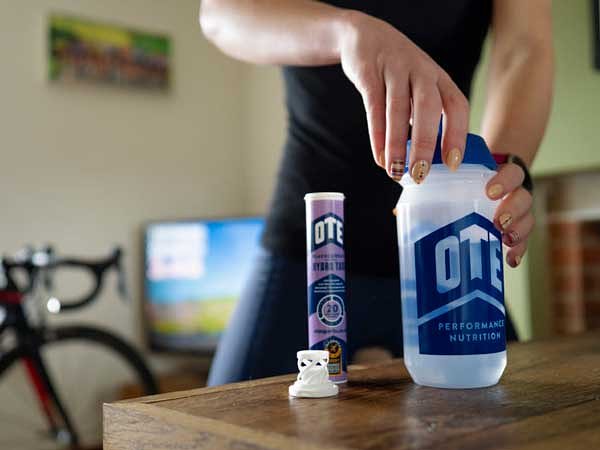
Batch Tested OTE Nutrition and Hydration to Restore Electrolyte Balance Photo Source: OTE
Get your FREE Athlete Recipe Books
Training and Racing Hydration and Nutrition
When you are training and racing you will need to take on board electrolytes and depending on if you are a “salty sweater” you will need to account for loss through sweating. Here are some commonly used hydration and nutrition types and their sodium contents. But remember we like to go the route of “food first” before turning to supplements but if you want to use them always check them on a supplements checker site to ensure they are batch tested and less likely to be accidentally contaminated with banned substances. You can read more about anti-doping and supplements in the Blog “Doping in Age Group Triathlon: A Growing Concern in the Pursuit of Excellence”.

Balancing Salt Intake as an Athlete
As an athlete you need to strike a balance between meeting your higher salt/sodium requirements when training and racing and avoiding excessive consumption at other times.
This is probably more important in your off-season when you are not training as hard or taking a break from training. The information in this Blog should be able to help you make the right food choices to stay within your recommended daily allowance for salt when you are not training.
It’s a good idea to have regular blood tests to help understand the condition of your body including heart, liver, kidney, immune system and more. Just like monitoring your swim, bike and run improvements you should keep on top of your general body stats and trends.
Taking your Blood Pressure (BP) regularly is also something to consider, and you can do this with a low-cost home BP monitor I use one used by the NHS and clinically validated from Kinetik.
Interestingly, while advocating a universal target of 1500mg of sodium per day, the American Heart Association has included a noteworthy caveat on their website:
“Insufficient sodium intake isn’t a public health problem in the United States. The guideline to reduce to 1,500mg doesn’t apply to people who lose big amounts of sodium in sweat, like competitive athletes, and workers exposed to major heat stress, such as foundry workers and firefighters, or to those directed otherwise by their healthcare provider. If you have medical conditions or other special dietary needs or restrictions, you should follow the advice of a qualified healthcare professional.”
Getting your balance right is highly personal as every triathlete is unique and what works for others may not be appropriate for you. They say you need a village to raise a child, and this is true for a triathlete as well and this village can include a coach, your doctor, nutritionist, physical therapist and your family, club, and friends.
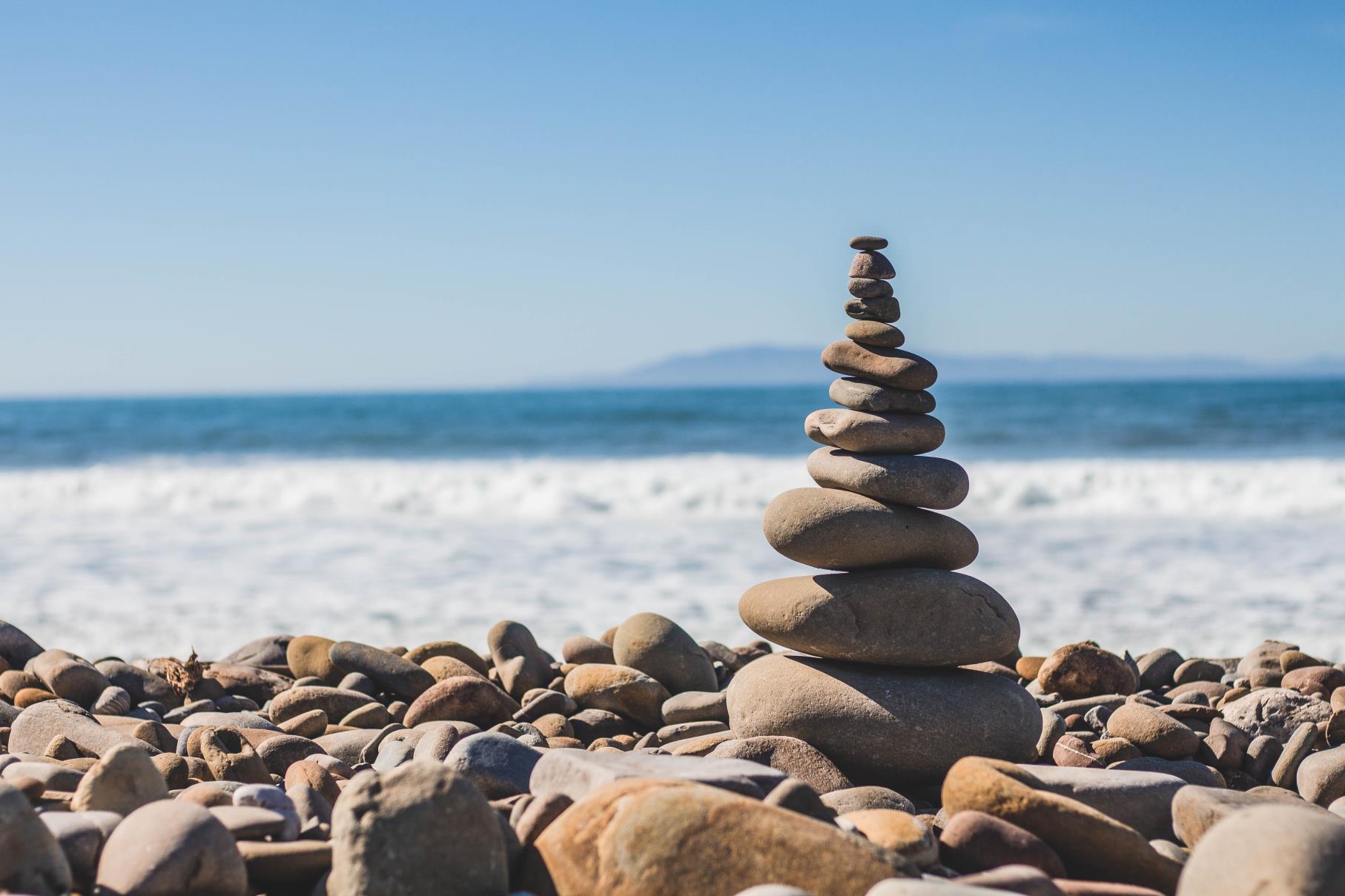
Balance is Everything when it comes to Athlete Racing and Training Photo by Jeremy Thomas on Unsplash
Get your FREE Athlete Recipe Books
Conclusion: Understanding Salt Intake
As a triathlete, you face the critical challenge of managing your salt/sodium intake to optimize both your performance and long-term health.
Understanding the impact of hidden salt/sodium on training and race-day outcomes empowers you to make informed dietary choices.
By striking a delicate balance between electrolyte replenishment and a healthy lifestyle, you can unleash your true potential in the triathlon world.
But remember everyone is unique so you will need to understand your specific hydration and salt/sodium needs when training and racing. A good place to start is a simple sweat test. If you need more detailed information, you can enlist the help of an athlete lab test. Getting regular blood tests will help you understand other areas of your body’s health plus Blood Pressure (BP) measurements.
Remember, knowledge is power, and with it, you have the tools to conquer the salt dilemma, ensuring a successful journey towards your athletic achievement and overall well-being. So, embrace the insights gained here, and let it guide you towards a more balanced and successful path in your triathlon journey to race success.
Karen Parnell is a Level 3 British Triathlon and IRONMAN Certified Coach, 8020 Endurance Certified Coach, WOWSA Level 3 open water swimming coach and NASM Personal Trainer and Sports Technology Writer.
Karen is currently studying for an MSc in Sports Performance Coaching at the University of Stirling.
Need a training plan? I have plans on TrainingPeaks and FinalSurge:
I also coach a very small number of athletes one to one for all triathlon and multi-sport distances, open water swimming events and running races, email me for details and availability. Karen.parnell@chilitri.com
Get your FREE Guide to Running Speed and Technique
Get your FREE Swim Workouts for Triathletes E-book
Get your FREE Open Water Swimming Sessions E-Book
Get your FREE 31 Structures Indoor Cycling Training Sessions and Training Plan
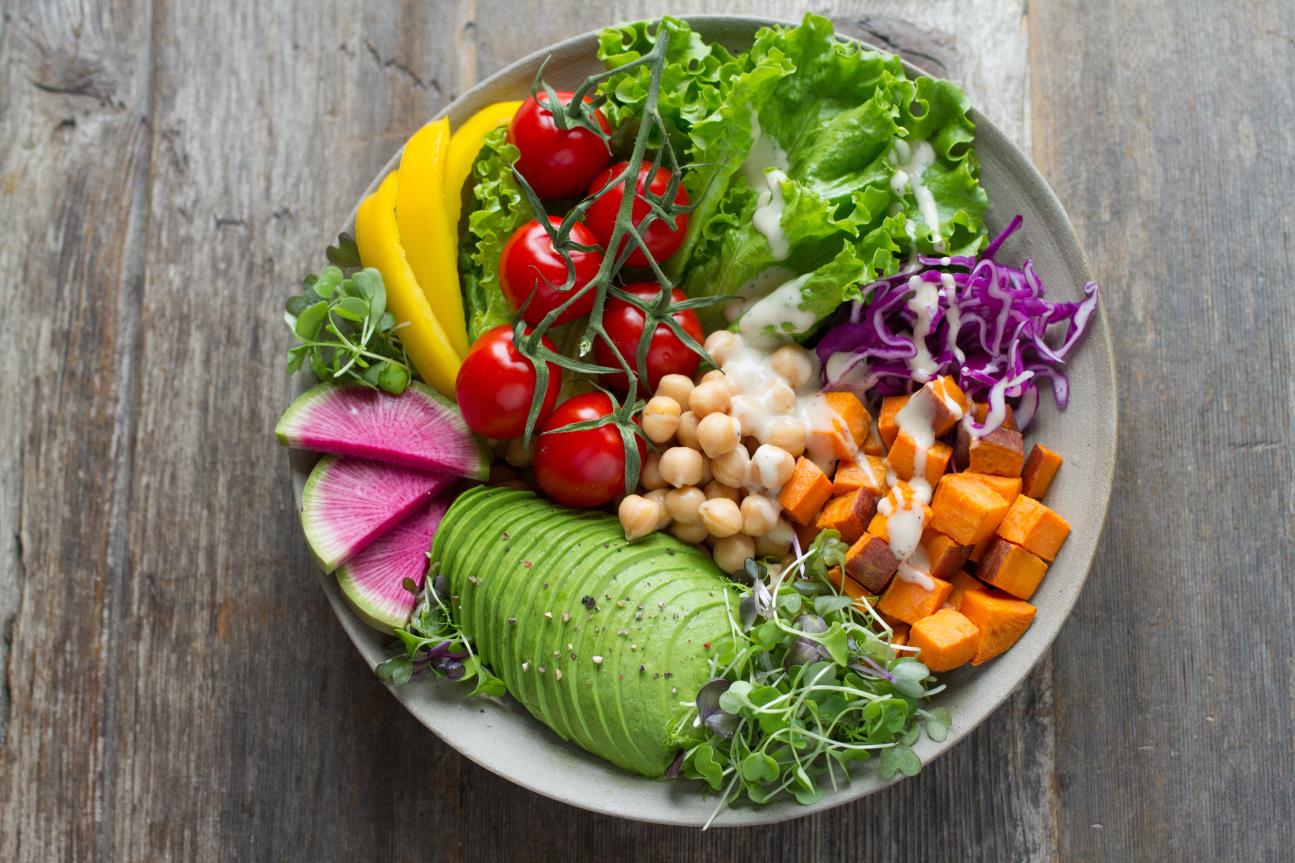
Photo by Anna Pelzer on Unsplash
FAQs: Salt in Food and Its Relevance to Athlete Training and Sweat Loss
What is the significance of salt in our diet?
Salt, scientifically known as sodium chloride, is a crucial mineral that plays a vital role in various bodily functions. It helps regulate fluid balance, supports nerve transmission, and aids in muscle contractions. However, excessive salt intake can lead to health issues, particularly concerning blood pressure and cardiovascular health.
Why is it important for athletes to pay attention to their salt intake?
Athletes, especially those engaged in intense training like triathletes, need to be mindful of their salt intake. During strenuous exercise, you lose significant amounts of sodium through sweat. Properly managing salt intake is essential to maintain electrolyte balance, hydration, and overall performance.
How can I identify hidden salt in my food?
Reading nutritional labels is crucial in identifying hidden salt in foods. Look for "sodium" content on the label and consider portion sizes. Processed foods, canned products, and pre-packaged meals are common sources of hidden salt.
What happens if athletes consume too much salt?
Excessive salt intake can lead to increased fluid retention, which may elevate blood pressure and strain the cardiovascular system. It can also disrupt the balance of electrolytes, potentially leading to muscle cramps, fatigue, and reduced athletic performance.
What is the recommended daily allowance (RDA) of salt for athletes?
The recommended daily allowance of salt varies depending on individual factors such as activity level, sweat rate, and climate conditions. However, as a general guideline, athletes are encouraged to consume no more than the recommended daily intake of 2,300 mg of sodium (equivalent to 5.75 grams of salt) for adults, as per the Dietary Guidelines for Americans.
How can athletes replenish salt lost through sweat during training?
Athletes can replenish lost sodium and other electrolytes by consuming sports drinks, electrolyte-enhanced water, or electrolyte supplements during and after training sessions. Additionally, consuming foods with moderate sodium content, such as bananas, avocados, and nuts, can help maintain electrolyte balance.
What are the signs of insufficient salt intake during training?
Insufficient salt intake can lead to hyponatremia, a condition where blood sodium levels drop too low. Symptoms may include confusion, muscle cramps, nausea, and in severe cases, seizures. Athletes should be cautious of overhydrating without adequate electrolyte replenishment.
Should athletes restrict salt intake before competitions to reduce water retention?
It's essential for athletes to strike a balance between salt intake and hydration, particularly leading up to competitions. While reducing sodium intake may reduce water retention, it's crucial not to overly restrict salt, as this could negatively impact performance and electrolyte balance.
Are there any alternative seasonings to replace salt in food preparation?
Absolutely! Athletes can experiment with various herbs and spices to add flavour to meals without relying solely on salt. Options like garlic, onion powder, oregano, and black pepper offer delicious alternatives to enhance taste.
Should athletes consult with a nutritionist to tailor their salt intake to their specific needs?
Yes, consulting with a nutritionist or registered dietitian is highly beneficial for athletes. They can assess individual needs, training intensity, and sweat loss patterns to create a personalized nutrition plan, ensuring optimal salt intake and overall performance.
Remember, individual salt requirements may vary, and it's essential for athletes to be attentive to their bodies and seek expert guidance to maximize their athletic potential while maintaining overall health.
What’s the difference between sea salt and standard table salt?
Sea salt is a general term for salt produced by evaporation of ocean water or water from saltwater lakes. It is less processed than table salt and retains trace minerals. These minerals add flavour and colour. Sea salt is available as fine grains or crystals.
Is sea salt better for you than table salt?
Sea seal is minimally processed, it contains some minerals, including potassium, iron, and calcium. This is one reason why it's often considered nutritionally superior to table salt, which is heavily ground and has had most of its nutrients removed. Sea salt also generally contains less iodine (added to prevent goiter and prevent caking) than table salt. The sodium levels are similar in both.
What is Hyponatremia?
Hyponatremia occurs when the concentration of sodium in your blood is abnormally low. Sodium is an electrolyte, and it helps regulate the amount of water that's in and around your cells.
What is Hypernatremia?
Hypernatremia is the medical term to describe too much sodium in your blood. Sodium is one of the body's electrolytes — found mostly in your blood — that is important for many bodily functions. However, when there's too much, it is an imbalance in your body's electrolytes and can cause serious problems.
Why should triathletes understand Hyponatremia?
Triathletes should understand hyponatremia because it is a potentially serious and life-threatening condition that can occur during endurance races like triathlons, especially in long-distance events. Hyponatremia is caused by a low concentration of sodium in the blood due to excessive water intake without adequate sodium replacement. Recognizing the symptoms and risks of hyponatremia is crucial for triathletes to maintain proper hydration and electrolyte balance during intense races, ensuring their safety and optimal performance. Being informed about hyponatremia empowers triathletes to adopt a cautious approach to hydration, striking a balance between fluid intake and essential electrolyte replenishment to prevent this dangerous condition.
What are the symptoms of Hyponatremia?
Common systems include Nausea or vomiting, headache, confusion, or fatigue, low blood pressure, loss of energy, muscle weakness, twitching, or cramps, seizures or coma, restlessness, or bad temper.
References
7 Best Low Sodium Foods - Low-Sodium Food List for Shopping (goodhousekeeping.com)
Should Athletes Avoid Salt? (trainingpeaks.com)
Action on Salt - Action on Salt
MyFoodDiary® Nutrition tracking made easy. Food diary, calorie counter, net carbs, ...
The Automatic Meal Planner - Eat This Much
Nutritionix - Largest Verified Nutrition Database
The impact of excessive salt intake on human health - PubMed (nih.gov)
Salt and Sodium | The Nutrition Source | Harvard T.H. Chan School of Public Health
Why Electrolytes Really Matter – Xendurance Europe
